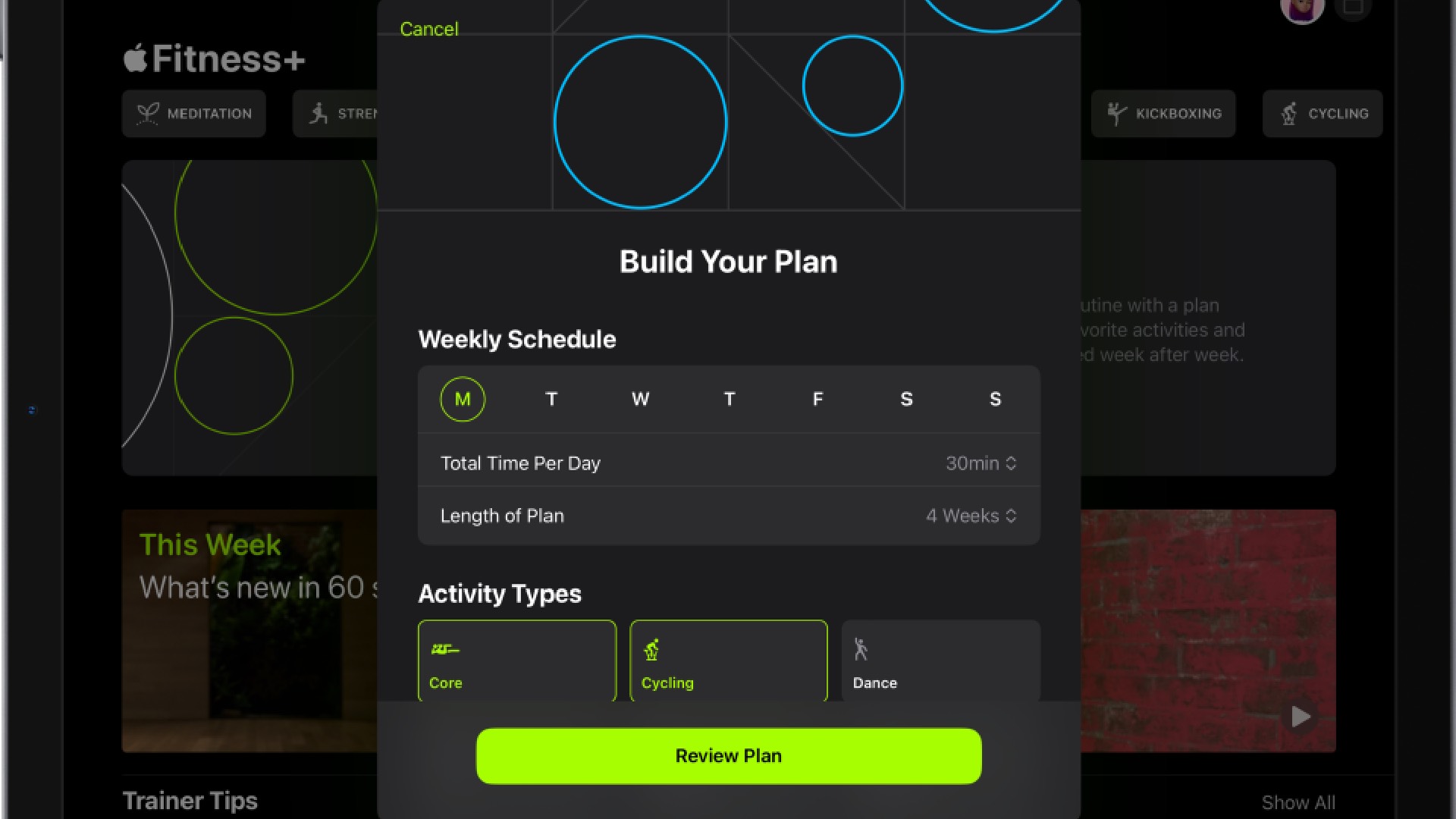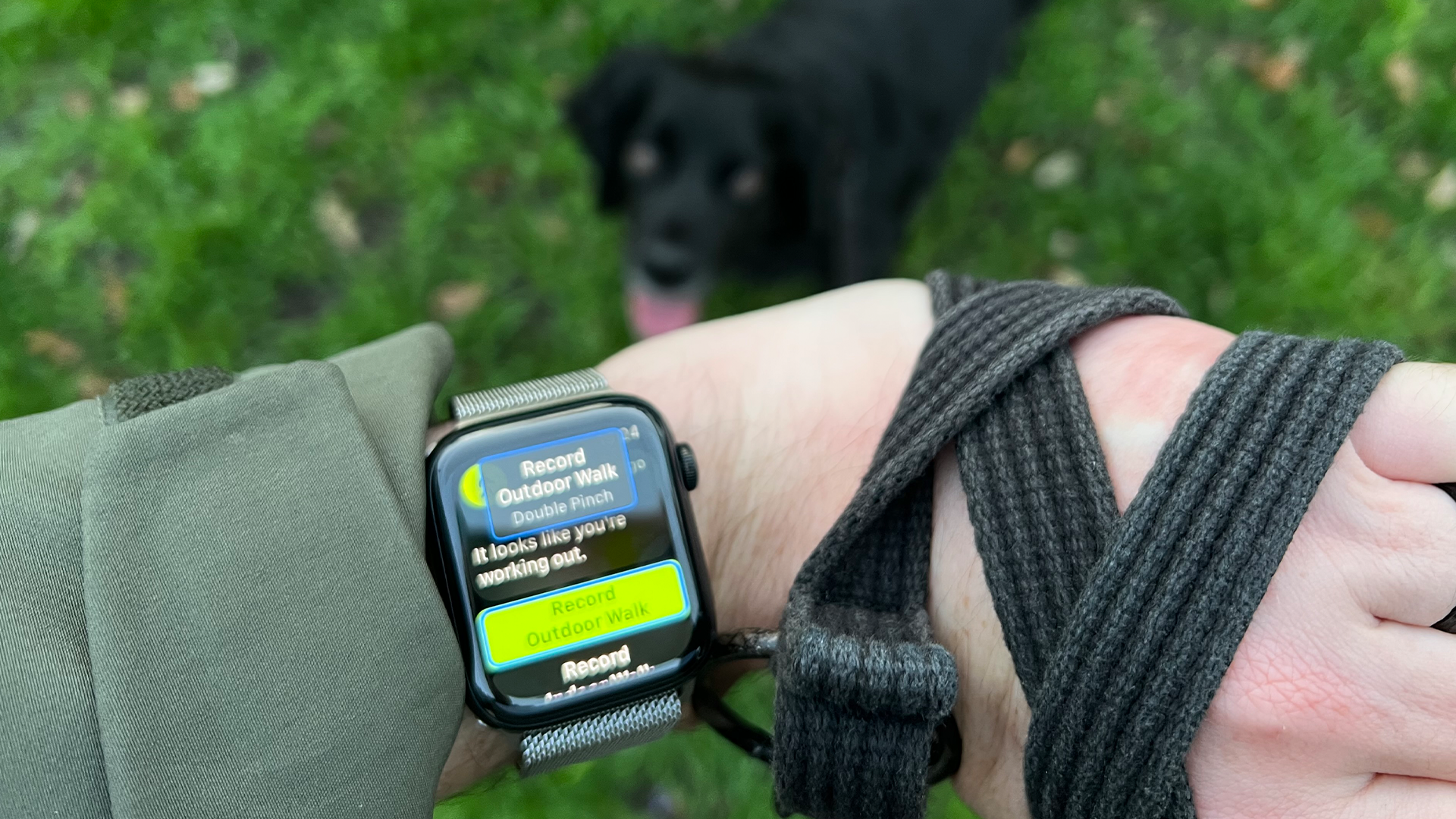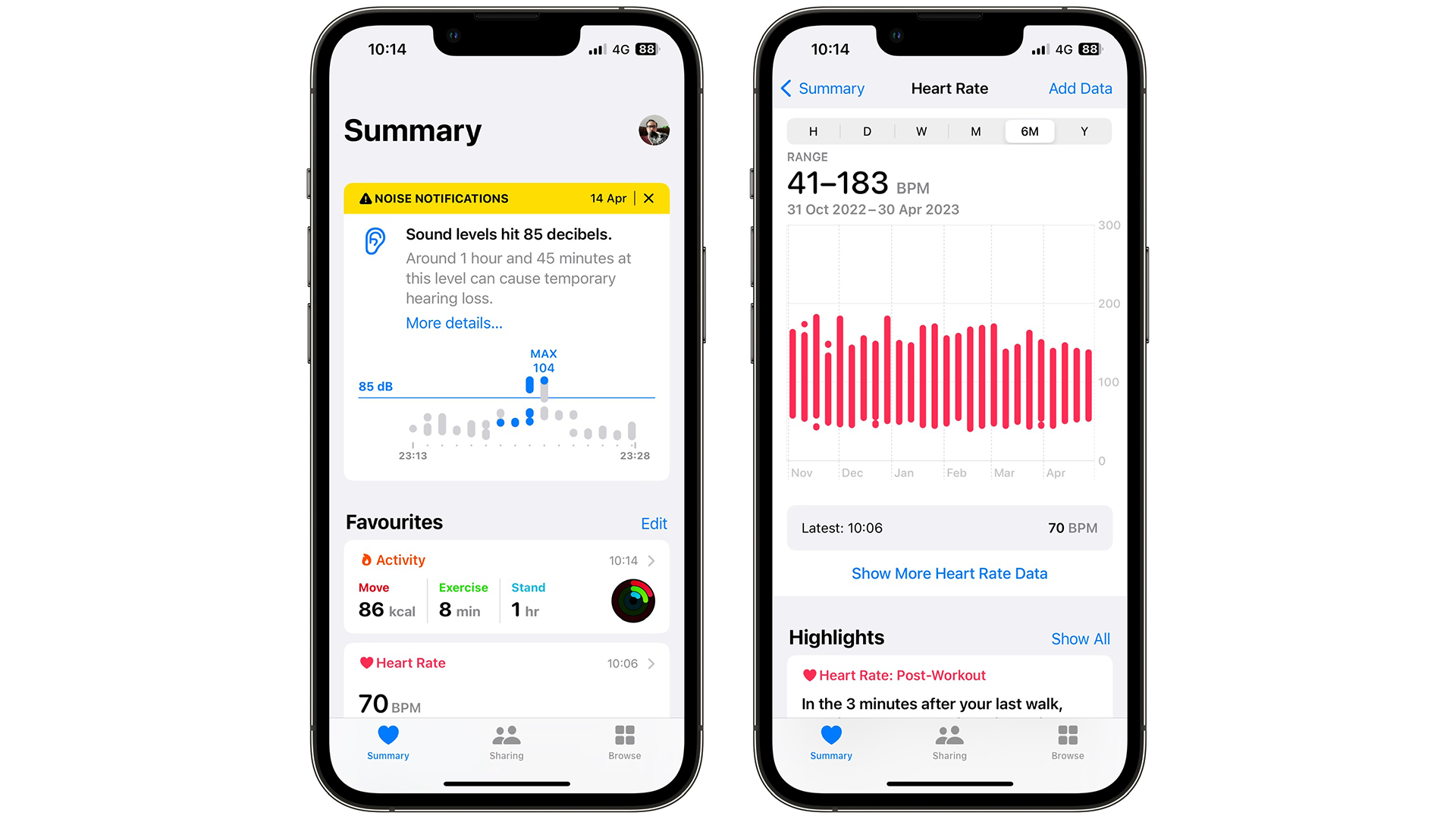Custom plans in Apple Fitness Plus are great, but for 2024, Apple Watch needs better health monitoring

For anyone interested in getting fitter and healthier, technology can be an invaluable tool to help achieve those goals. Apple Fitness Plus makes it easier than ever before to complete a workout at home, while the Apple Watch helps with monitoring your heart rate, estimating your calorie burn, recording your sleep, tracking your progress, and helping get you into shape.
Apple delivers all this with its usual level of style and polish. But it’s fair to say that when Apple Fitness Plus first launched, several elements were lacking, such as no ability to stack workouts and no way to skip others.
Many of these shortcomings have been addressed in whole or in part. And the Apple Watch, now on Series 9, has also made big strides forward. But we feel there’s still plenty of room for further improvement with Fitness Plus.
The joy of custom plans in Apple Fitness Plus
For those unfamiliar, Apple Fitness Plus is an at-home workout platform that allows users to select from thousands of workouts ranging from running, to weight training, to yoga and meditation. There’s a lot to like about it as a package, and for anyone who finds going to the gym a chore, it removes a lot of the barriers to exercise you may otherwise face.
While it offers a lot, one of its biggest omissions was the lack of guidance for users. Sure, some curated collections might last for a week or a month. But compared to some of the very best at-home workout platforms, there were no longer-term programs to help guide users. This meant that it was too easy to choose the wrong workouts for your goals or to risk overtraining some muscles and undertraining others.

So we were delighted to see that the rollout of iOS 17 and watchOS 10 brought custom plans for Fitness Plus. Users can now input a range of personal preferences such as workout types, which days they want to work out, and how long for, then Fitness Plus will generate a plan to fit those criteria. It’s a big improvement, which makes it much easier for users to choose the right sort of workouts for them.
But while custom plans are a great addition to Apple’s health and fitness offerings, we can’t help but feel that we want to see more from the Apple Watch in 2024.
iMore offers spot-on advice and guidance from our team of experts, with decades of Apple device experience to lean on. Learn more with iMore!
The limitations of health monitoring on the Apple Watch

Now, we’re not saying the Apple Watch does health monitoring badly. But there are areas we’d like to see them improve.
Can two become one?

Now, maybe not everyone feels especially strongly about this, but it seems like an odd decision to put health and fitness metrics in two separate apps. Look, we get the logic behind it — if your focus is on ‘health’ metrics, you go to that app. If you want to check out your workouts, it’s under the ‘fitness’ app. It seems very sensible.
Except that, almost every other smartwatch or fitness tracker puts all of these metrics under one roof. It’s easier to then find what you need, instead of jumping from one app to another.
Heart rate variability, for example, is a feature measured commonly by the likes of Garmin, Oura, Samsung, and Fitbit, to give a few examples. The Apple Watch measures it too, but it’s a lot harder to find than it could be. Does it fall under health or fitness?
We’d love to see it all housed in one health and fitness app, in the same way the Fitbit app, Garmin Connect, or Withings HealthMate apps all do.
More metrics and greater insights

It’s not just about presentation either. The Apple Watch is a comprehensive smartwatch and offers features that you won’t find on many rival devices. But that does come at a cost.
Where Apple has chosen to add features such as Double Tap, rivals have focused on greater health and fitness insights. The likes of the Garmin Venu 3 – Garmin’s closest equivalent to the Apple Watch Series 9 – offer plenty of health and fitness tools that the Apple Watch does not. Features such as Body Battery, sleep coaching, workout recovery and workout benefit reports, fitness age measurements, VO2 estimate, and even a wheelchair mode, mean it offers far more health monitoring capabilities than the Apple Watch.
There’s an argument to be made that Garmin devices focus on health and fitness first, while Apple offers a much more well-rounded smartwatch experience. And we get that. But we’d love to see Apple close the gap in 2024, and start offering greater health and fitness insights than ever before.
New features, or not?

With 2024 being the year of the Apple Watch X, we wouldn’t be surprised if Apple is preparing to pull the proverbial rabbit out of the hat. After all, the iPhone X was a dramatic shift from its predecessors. But what might that mean for a future Apple Watch?
According to Bloomberg's Mark Gurman, the Apple Watch X is potentially going to see some new health features, which would certainly be a step in the right direction. In his report, Gurman claims that the new Apple Watch may see sleep apnea detection and blood pressure sensor technology. Both of these would be a significant step forward for the Apple Watch.
While the Samsung Galaxy Watch has had blood pressure monitoring for a while, it requires regular recalibration using a traditional cuff. If the Apple Watch can monitor your blood pressure without needing this, it could be a really big addition to the device.
As encouraging as this is, there are conflicting reports, with Apple analyst Ming-Chi Kuo suggesting that the Apple Watch X will lack any “significant” innovations. If this turns out to be accurate, it could see Apple continue to fall behind on the health and fitness front. And this, we feel, could be a mistake.
There’s also the extra complication of the Apple Watch Ultra Series, which is the ultra-premium model in the Apple Watch range, and surely more likely to see new features first.
Whatever the truth turns out to be, the race for better, more accurate health monitoring is still highly competitive. And it’s one area that Apple doesn’t want to start falling behind on.
Steven Shaw is a full-time freelancer, but before he changed his career at the start of 2021, he was in the retail industry, leading teams to achieve goals in selling technology products, such as smartphones, tablets, and more.
Graduating from the University of Cambridge with a Masters in Medieval History, he's always had a passion for the topic, alongside technology, and many Simpsons quotes.
You'll find him on iMore offering his knowledge of Macs, iPads, macOS, iOS, and more.
